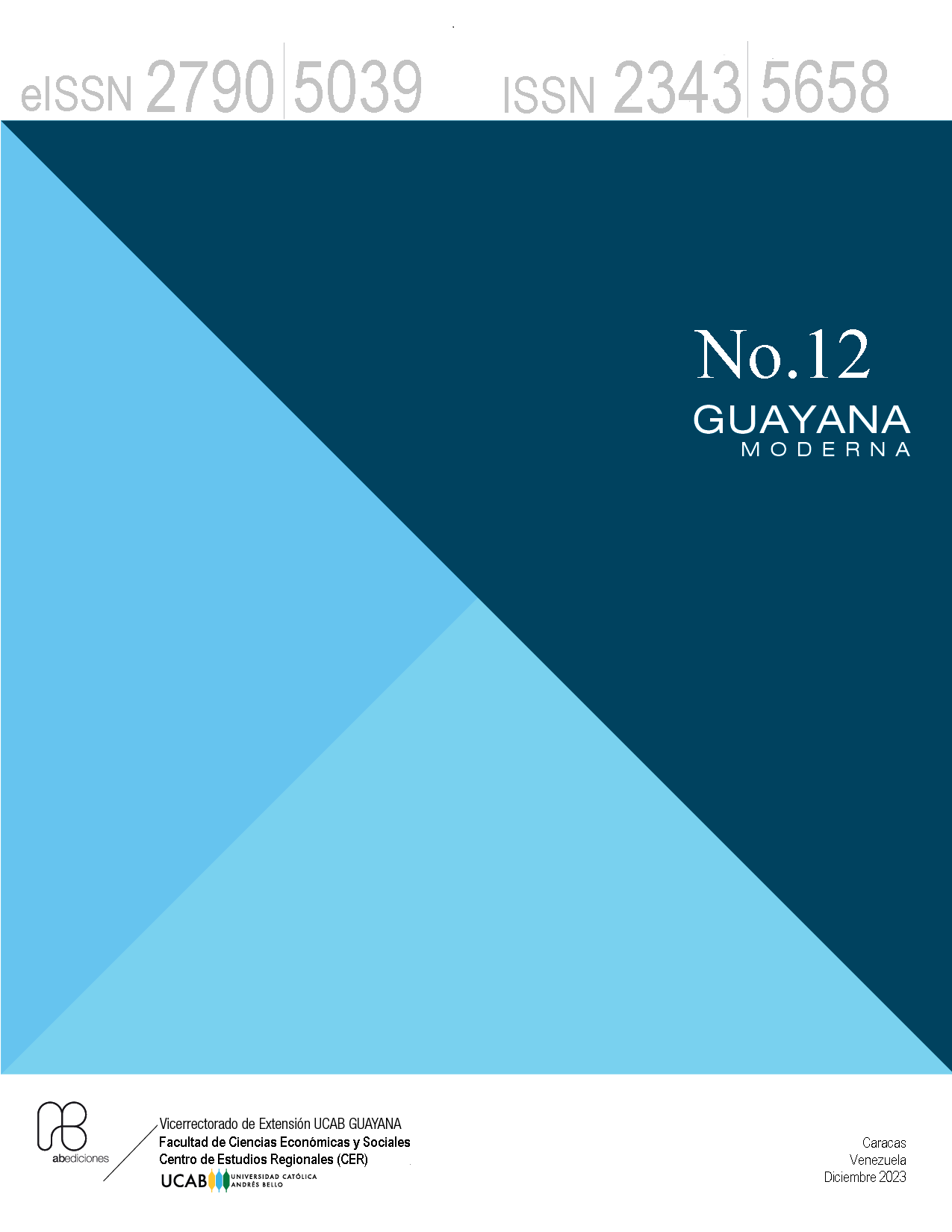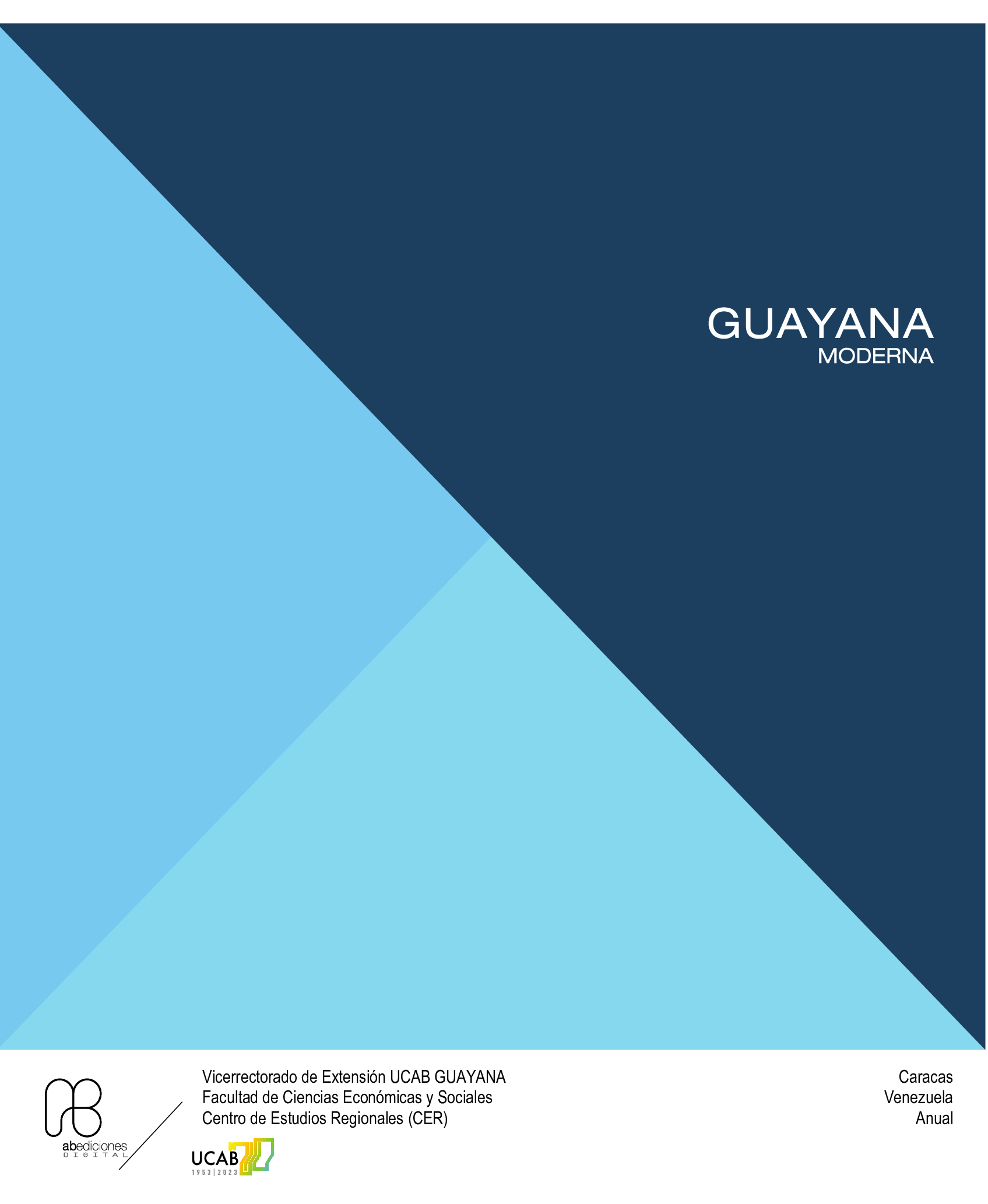Las áreas protegidas: espacios tradicionales de los pueblos indígenas
DOI:
https://doi.org/10.1234/gm.v12i12.6396Palabras clave:
Pueblos indígenas, áreas protegidas, conservación de la naturaleza, diversidad biológicaResumen
Las áreas protegidas se establecieron con una visión ambiental, desprovistas de personas y para la conservación de la naturaleza, sin embargo, muchas de estas áreas se erigen sobre territorios indígenas, privando en muchos casos a estas poblaciones originarias del manejo y control de sus espacios. En esta investigación documental, considerando el análisis de la doctrina, se establece que los pueblos indígenas como propietarios originarios de estos espacios, la conformación de un área protegida debe ser consensuada y su administración debe configurarse bajo la cogestión entre estos pueblos y los Estados, por lo que las áreas protegidas se conforman considerando la autoridad y el control de los pueblos indígenas en esas zonas, coexistiendo cualquiera de las categorías bajo los distintos modos de gobernanza.
Contacto de autor
Correo electrónico: cperezal@ucab.edu.ve
Descargas
Citas
Beltran, Javier (Editor) (2000). Indigenous and Traditional Peoples and Protected Areas: Principles, Guidelines and Case Studies, WCPA and IUCN, Gland.
Cisneros, Paul y McBreen, James (2010). Superposición de territorios indígenas y áreas protegidas en América del Sur, Resumen Ejecutivo, UICN, marzo.
Coates, Peter (1998). Nature, Polity press, Cambridge.
Colchester, Marcus (2003). Naturaleza Cercada: Pueblos Indígenas, áreas protegidas y conservación de la biodiversidad. Movimiento Mundial por los bosques tropicales y Forest Peoples Programme, Reino Unido.
Dudley, Nigel (Editor) (2008). Directrices para la aplicación de las categorías de gestión de áreas protegidas. UICN, Gland, Suiza.
Gadgil, Madhav and Guha, Ramachandra (1992). This fissured land, an Ecological history of India, Oxford University press, Oxford, Melbourne.
Goodland, Robert (1982). Tribal Peoples and Economic Development: Human Ecological Considerations, World Bank, Washington DC.
Grove, Richard (1992). Origins of Western environmentalism, in Scientific American, July.
Guerrero, Eduardo y Tovar, Antonio (2011). Venezuela. Llanera y orgullosa, en Las áreas
protegidas de América Latina: Situación actual y perspectivas para el futuro, (Elbers, Jörg Editor) UICN, Quito.
Harmon, David (1991). National park residency in developed countries: the example of Great Britain, in Resident peoples and national parks (Patrick C. West and Steven R. Brechin eds.), University of Arizona press, Tucson.
Hemming, John (1978). Red Gold. The conquest of the Brazilian Indians, Macmillan, Londres.
Instituto Nacional de Parques (INPARQUES) (2007). Informe.
Pérez Alvarez, Carla Zulimar (2018). Gobernabilidad para los pueblos indígenas del alto Caura de Venezuela. El reconocimiento a sus derechos político-territoriales. Editorial Académica Española. Mauritius.
Tucker, Richard (1991). Resident peoples and wildlife reserves in India: The prehistory of a strategy, in Resident peoples and national parks (Patrick C. West and Steven R. Brechin eds.), University of Arizona press, Tucson.
UICN (1975). Resolución de la XII Asamblea General, celebrada en Kinshasa.
UICN (1994). Guidelines for Protected Area Management Categories, Commission on National Parks and Protected Areas, IUCN, Gland.
Westoby, Jack (1987). The purpose of forests, Basil Blackwell, Oxford.
World Bank (1994). Tropical Forests: a Call for Action, Washington DC.








